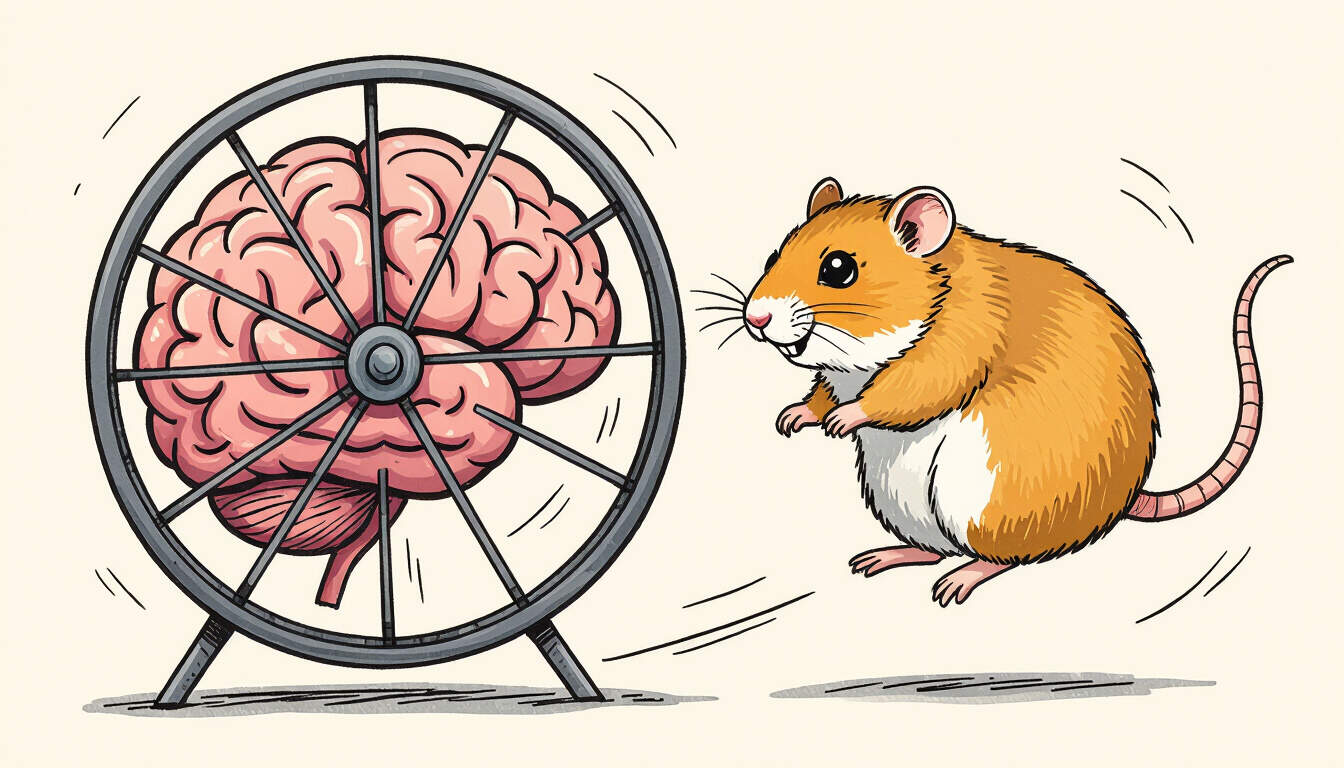Personal Habit Loops and Their Deeper Impacts
 by Marlene Keeling
by Marlene Keeling
Personal habit loops shape daily routines through repeating patterns that influence behavior and growth. By examining feedback mechanisms and beyond-surface effects, individuals can refine these loops for better outcomes. This piece explores strategies for awareness and change in everyday practices.

Personal habit loops form the core of many daily behaviors, creating patterns that repeat over time. These loops often involve a trigger, an action, and a result, which together sustain the cycle.
Feedback loops play a key role in this process. A feedback loop occurs when the outcome of an action influences future occurrences of that action. For instance, exercising might lead to improved energy, encouraging more exercise in the future. This creates a positive cycle that builds momentum.
In contrast, negative loops can hinder progress. Skipping workouts due to fatigue might reduce energy further, making it harder to start again. Recognizing these dynamics allows for intentional adjustments.
Second-order thinking adds another layer to this analysis. It involves considering the indirect effects of habits. A simple habit like checking emails first thing in the morning might seem harmless, but its second-order effects could include increased stress from constant connectivity. By applying second-order thinking, people can predict these outcomes and make proactive changes.
How Feedback Loops Operate in Habits
Feedback loops can be positive or negative, each affecting personal development differently. Positive loops amplify desired behaviors. For example, reading regularly might enhance knowledge, leading to more reading and intellectual growth over time.
Negative loops, however, can trap individuals in unproductive patterns. Procrastination on tasks might provide short-term relief, but it often results in piled-up work and frustration. Understanding the structure of these loops is essential for breaking free.
One way to map out a habit loop is to identify its components: the cue that starts it, the routine that follows, and the reward that reinforces it. A cue, such as feeling bored, might lead to scrolling through social media as a routine, with the reward being temporary distraction. Over time, this loop strengthens through repeated feedback.
The Role of Second-Order Thinking in Habit Change
Second-order thinking encourages looking past immediate results to see broader implications. When forming new habits, considering long-term effects can guide better decisions. Starting a habit of daily journaling might initially feel effortful, but its second-order benefits include improved reflection and mental clarity.
This approach is particularly useful for professionals seeking efficiency. A habit of prioritizing tasks each day could streamline workflows, leading to reduced overwhelm and higher productivity in projects. Students might use it to study consistently, resulting in stronger retention and academic success.
To apply second-order thinking, individuals can ask questions about potential ripple effects. What might happen if this habit continues unchecked? How could it influence relationships or health? Such questions foster a deeper awareness.
Strategies for Managing Personal Habit Loops
Breaking or building habits requires targeted strategies. First, track habits to observe patterns. Keeping a simple log can reveal how feedback loops operate in real time.
- Identify cues that trigger unwanted habits.
- Experiment with alternative routines to disrupt the loop.
- Focus on rewards that align with long-term goals.
For instance, if snacking habits lead to health issues, replacing them with healthier options can create a new positive loop. Over time, the new habit provides rewards like better well-being, sustaining the change.
Incorporating second-order thinking into these strategies enhances effectiveness. Before adopting a new habit, consider its potential chain reactions. A habit of early mornings might boost focus initially, but if it cuts into sleep, it could cause fatigue later. Adjusting based on this insight ensures balance.
Real-Life Applications for Growth
In cognitive processes, habit loops intersect with systems thinking. Viewing habits as part of larger systems helps in predicting interactions. For example, a loop of negative self-talk might stem from work stress, affecting overall motivation.
Curious individuals can experiment with habit adjustments to observe outcomes. Professionals might redesign routines to support career goals, while students could align study habits with learning styles. Personal development thrives when these loops are optimized.
Feedback from these changes provides data for refinement. If a new habit doesn't yield expected results, analyzing the loop can pinpoint adjustments. This iterative process mirrors how systems evolve through ongoing input.
Integrating Loops for Lasting Change
Ultimately, personal habit loops and their management offer pathways to growth. By leveraging feedback mechanisms and second-order insights, individuals can create sustainable patterns. This not only aids in daily improvements but also contributes to broader life satisfaction.
The key lies in consistent practice and reflection. As habits evolve, so do their impacts, making ongoing evaluation crucial. With patience and analysis, anyone can transform these loops into tools for positive change.
